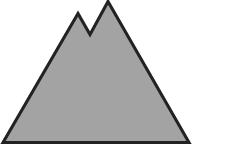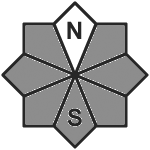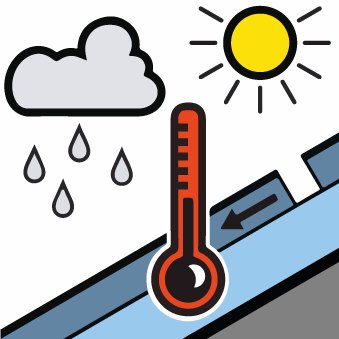
Danger level
 |
|  |  |

Danger of falls on encrusted snowpack surfaces
Avalanche danger is low. Wet snow can be problematic. Due to solar radiation, mostly small, wet loose snow slides trigger naturally on extremely steep rocky slopes. On very steep grass-covered slopes which have not yet discharged, isolated small glide-snow avalanches are possible.
Snowpack
At low temperatures the snowpack freezes and stabilizes increasingly. During nocturnal hours a melt-freeze crust forms which is capable of bearing loads, then turns to firn snow next morning in the sunshine, following that the snowpack moistens. Otherwise melt-freeze encrusted and compact snowpack surfaces dominate. Only on steep shady slopes at high altitudes is the snow still powdery. There, isolated weak layers in the uppermost part of the snowpack can be prone to triggering. At intermediate altitudes the snopwack has receded starkly, esp. on sunny slopes, and is wet over widespread areas. Sliding snow movements are possible.
Tendency
Avalanche danger remains low
